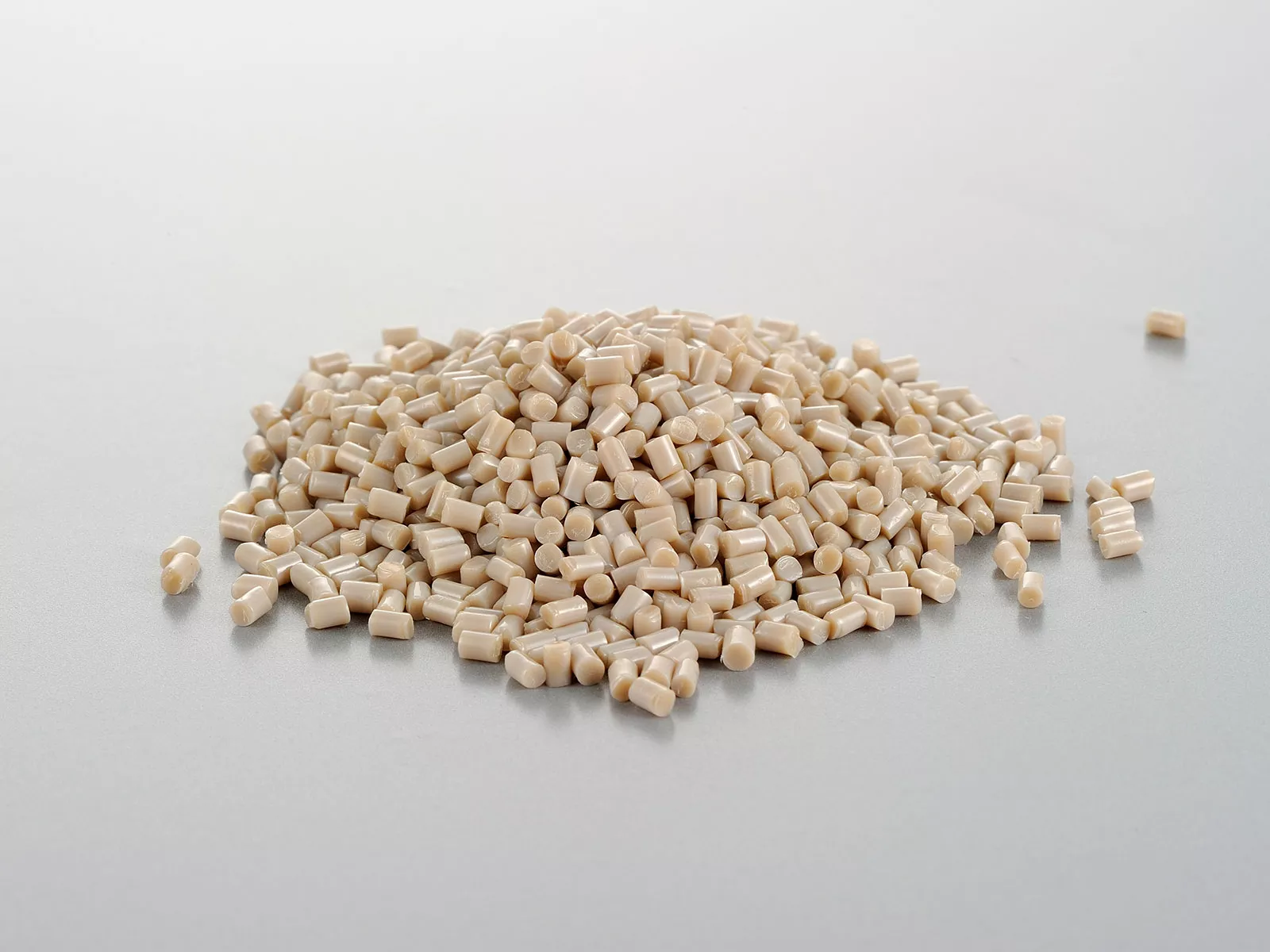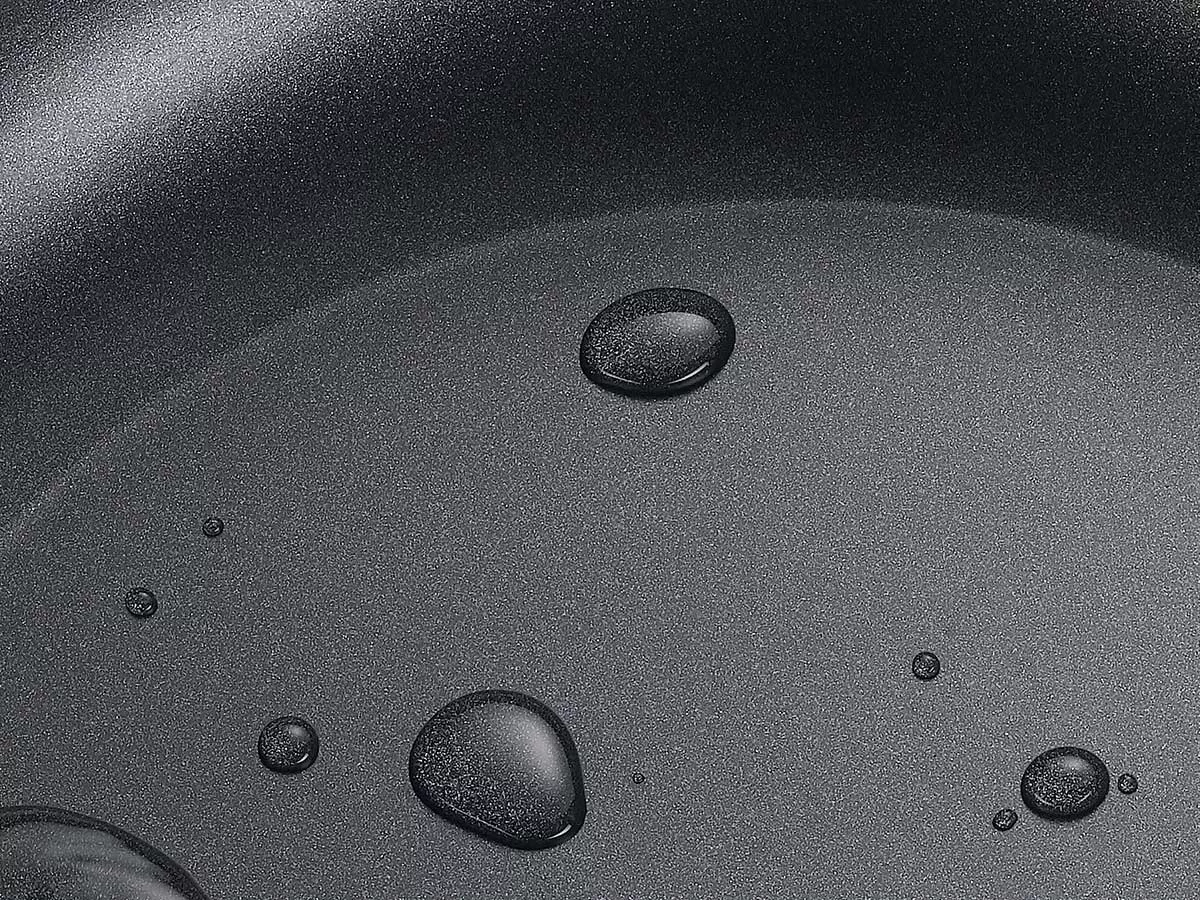Understanding Marble Coating Non-Stick Technology
What is Marble Coating?
Marble coating is a modern type of non-stick surface that mimics the look of natural marble. It combines beauty with functionality, making it a popular choice for cookware. Unlike traditional coatings, marble coatings are designed to provide excellent non-stick properties while being visually appealing.
How Marble Coating Mimics Natural Stone
Marble coatings use special materials to replicate the appearance of real marble. This gives cookware a stylish look that can enhance any kitchen. The unique patterns and textures not only make the cookware attractive but also help in food release during cooking.
Key Properties of Marble Coating
- Durability: Marble coatings are generally more scratch-resistant than traditional non-stick surfaces.
- Non-Stick Performance: They provide good non-stick properties, allowing food to slide off easily.
- Heat Resistance: Marble coatings can withstand higher temperatures, making them suitable for various cooking methods.
Differences Between Marble and Traditional Non-Stick Coatings
| Feature | Marble Coating | Traditional Non-Stick Coating |
|---|---|---|
| Durability | More scratch-resistant | Prone to scratching |
| Aesthetic Appeal | Elegant marble-like finish | Basic, often plain |
| Heat Resistance | Higher heat tolerance | Limited heat tolerance |
Marble coatings stand out for their combination of style and performance, making them a great choice for both home cooks and professional chefs.
Marble coatings not only enhance the look of your kitchen but also provide a safer alternative for health-conscious consumers.
In summary, understanding marble coating technology helps you appreciate its unique benefits, making it a worthy addition to your cookware collection.
Benefits of Marble Coating Non-Stick Cookware
Superior Non-Stick Performance
Marble-coated cookware is known for its excellent non-stick properties. This means that food slides off easily, making cooking and cleaning a breeze. You can enjoy healthier meals since you won’t need to use as much oil or butter. Here are some key points:
- Food releases easily from the surface.
- Less oil means healthier cooking options.
- Easy cleanup saves time after meals.
Enhanced Durability and Scratch Resistance
One of the standout features of marble coating is its durability. Unlike traditional non-stick surfaces, marble coatings are more resistant to scratches and wear. This makes them a great choice for everyday cooking. Here’s why:
- Marble cookware retains heat well, allowing for even cooking without hotspots, making it ideal for tasks that require precise temperature control, such as sautéing.
- They can withstand regular use without losing their non-stick properties.
- Suitable for use with metal utensils in many cases.
Heat Resistance and Distribution
Marble-coated cookware can handle high temperatures, making it versatile for various cooking methods. This heat resistance ensures that your food cooks evenly, preventing burning or sticking. Key benefits include:
- High heat tolerance for frying and baking.
- Even heat distribution across the cooking surface.
- Ideal for techniques that require precise temperature control.
Aesthetic Appeal in the Kitchen
Beyond functionality, marble-coated cookware adds a touch of elegance to your kitchen. The beautiful patterns and textures mimic natural stone, enhancing your kitchen's overall look. Consider these points:
- The unique marble-like design elevates your kitchen decor.
- Stylish cookware can make cooking more enjoyable.
- It’s a great conversation starter when hosting guests.
Marble-coated cookware combines beauty and functionality, making it a popular choice for both home cooks and professional chefs. By choosing marble, you can enjoy a stylish kitchen while benefiting from high-performance cookware.
Applications of Marble Coating in Cookware
Marble coating is becoming a popular choice in various types of cookware due to its unique blend of elegance and functionality. Here are some common applications:
Frying Pans and Skillets
- Non-Stick Performance: Marble-coated frying pans allow food to slide off easily, making cooking and cleaning a breeze.
- Even Heat Distribution: These pans heat evenly, reducing the chances of hot spots that can burn food.
- Durability: They are more resistant to scratches compared to traditional non-stick pans.
Saucepans and Woks
- Versatile Cooking: Ideal for a variety of cooking methods, from simmering sauces to stir-frying vegetables.
- Heat Resistance: Marble-coated saucepans can withstand higher temperatures, making them suitable for various recipes.
- Aesthetic Appeal: The elegant design enhances the look of your kitchen.
Baking Trays and Bakeware
- Easy Food Release: Marble-coated bakeware ensures that baked goods come out easily without sticking.
- Durability: These trays are built to last, resisting wear and tear from regular use.
- Visual Appeal: The marble finish adds a touch of sophistication to your baking collection.
Dutch Ovens and Specialty Cookware
- Versatile Use: Perfect for slow cooking, braising, and baking.
- Heat Retention: Marble-coated Dutch ovens retain heat well, ensuring even cooking.
- Stylish Design: They can serve as both cookware and a beautiful serving dish.
Marble coating is not just about looks; it combines functionality and style to elevate your cooking experience.
In summary, marble-coated cookware is versatile and visually appealing, making it a great addition to any kitchen. Whether you're frying, baking, or simmering, marble coating enhances both the cooking process and the aesthetic of your kitchen.
Comparing Marble Coating to Other Non-Stick Coatings
Marble Coating vs. PTFE Coating
When comparing marble coating to PTFE (Teflon) coatings, several factors come into play:
- Durability:
- Cooking Performance:
- Heat Resistance:
Marble Coating vs. Ceramic Coating
Ceramic coatings are another popular option. Here’s how they stack up against marble coatings:
- Durability:
- Non-Stick Performance:
- Health and Safety:
Health and Safety Considerations
- PTFE: Concerns exist about overheating and potential health risks, though most modern versions are PFOA-free.
- Marble Coating: Considered safe and often preferred by health-conscious consumers.
Choosing the Right Coating for Your Needs
When deciding between these coatings, consider:
- For Non-Stick Performance: PTFE may be best for delicate foods.
- For Durability: Marble coating is a strong choice.
- For Heat Resistance: Marble often outperforms others.
- For Health Concerns: Marble is generally safer.
In summary, marble coating combines elegance with functionality, making it a popular choice for modern kitchens. Its durability and aesthetic appeal set it apart from traditional non-stick options.
Maintenance and Care for Marble Coating Non-Stick Cookware
Cleaning Tips for Marble Coated Cookware
Keeping your marble-coated cookware in great shape is easy. Here are some tips to follow:
- Wash the pan as usual with regular dish soap and a soft brush.
- Avoid leaving food remnants in the pan for too long to prevent sticking.
- Use non-abrasive sponges to protect the coating.
Avoiding Damage and Prolonging Lifespan
To ensure your cookware lasts, consider these points:
- Use non-metallic utensils to avoid scratching the surface.
- Avoid heating an empty pan, as this can damage the coating.
- Store your cookware carefully to prevent scratches from other items.
Manufacturer's Guidelines and Recommendations
Always check the manufacturer's instructions for specific care tips. Following these guidelines can help maintain the non-stick properties and appearance of your cookware.
Common Mistakes to Avoid
Here are some common mistakes to steer clear of:
- Using metal utensils that can scratch the surface.
- Overheating the cookware, which can lead to damage.
- Ignoring cleaning instructions, which can shorten the lifespan of the coating.
Remember, proper care is essential for maintaining the beauty and functionality of your marble-coated cookware. By following these simple steps, you can enjoy cooking with it for years to come!
The Aesthetic and Functional Appeal of Marble Coating
Visual Appeal of Marble Patterns
Marble coating is not just about functionality; it also brings a touch of elegance to your kitchen. The unique patterns and textures mimic natural marble, making cookware visually appealing. Here are some popular marble types used in coatings:
- Carrara Marble: Known for its white background and subtle gray veining.
- Calacatta Marble: Features bold veining, adding a dramatic look.
- Emperador Marble: Offers rich brown tones that add warmth.
Functional Benefits in Everyday Cooking
Marble-coated cookware is designed for both beauty and performance. Its non-stick properties allow for easy food release, which means less sticking and easier cleanup. Here are some functional benefits:
- Superior Non-Stick Performance: Food slides off easily, reducing the need for oils.
- Heat Resistance: Can withstand high temperatures without damage.
- Durability: Resistant to scratches and wear, ensuring long-lasting use.
Incorporating Marble Coated Cookware in Kitchen Design
Using marble-coated cookware can enhance your kitchen's overall look. Here are some tips for incorporating it:
- Mix and Match: Combine different marble patterns for a unique aesthetic.
- Display: Use open shelving to showcase your beautiful cookware.
- Color Coordination: Choose colors that complement your kitchen decor.
Marble coating combines beauty and practicality, making it a popular choice for modern kitchens. Its elegant appearance and functional benefits make cooking a delightful experience.
Future Trends in Marble Coating Non-Stick Technology
Innovations in Coating Materials
The future of marble coating technology is bright, with new materials being developed to enhance performance. These innovations include:
- Nanotechnology: This allows for stronger, more durable coatings that can withstand higher temperatures.
- Sol-gel coatings: These provide a smoother surface, improving non-stick properties and making cleaning easier.
- Eco-friendly options: Manufacturers are focusing on sustainable materials that are safer for the environment.
Sustainability and Eco-Friendly Options
As consumers become more environmentally conscious, the demand for sustainable cookware is rising. Future trends may include:
- Use of recycled materials in coatings.
- Biodegradable options that reduce waste.
- Energy-efficient manufacturing processes.
Market Demand and Consumer Preferences
The market for marble-coated cookware is expanding. Key factors influencing this growth include:
- Increased awareness of health and safety in cookware materials.
- Aesthetic appeal of marble patterns attracting consumers.
- Versatility in cooking methods supported by advanced coatings.
Potential Developments in Cookware Design
Future cookware designs may incorporate:
- Smart technology: Integrating sensors to monitor cooking temperatures.
- Modular designs: Allowing users to customize their cookware sets.
- Enhanced ergonomic features for better handling and usability.
The evolution of marble coating technology is not just about aesthetics; it’s about creating safer, more efficient cookware that meets the needs of modern kitchens.
In summary, the future of marble coating non-stick technology is set to bring exciting advancements that combine elegance with functionality, ensuring that both home cooks and professional chefs can enjoy the best of both worlds.
Final Thoughts on Marble Coating
In summary, marble non-stick coating brings together beauty and practicality in cookware. Its amazing non-stick features, ability to handle heat, and long-lasting nature make it a favorite for many cooks. By choosing marble-coated pots and pans, you can enjoy cooking with ease while adding a stylish touch to your kitchen. Remember to care for your marble cookware properly to keep it looking great and working well. This way, you can make the most of its benefits and enjoy a delightful cooking experience.









